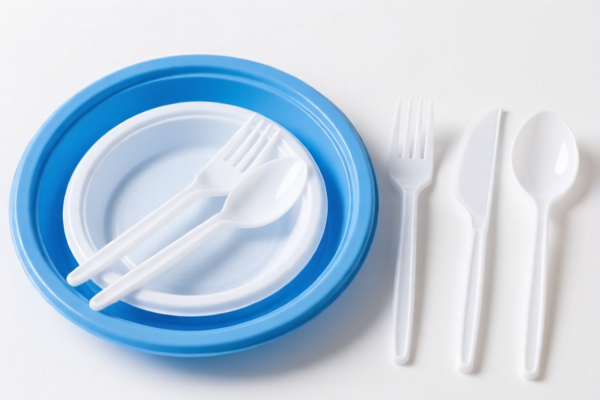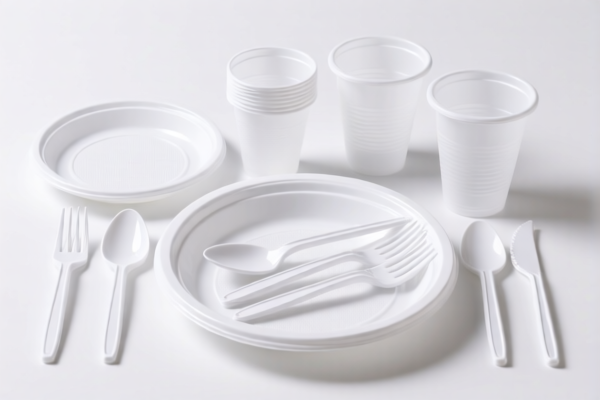| HS Code | Official Doc | Tariff Rate | Origin | Destination | Effective Date |
|---|---|---|---|---|---|
| 4818300000 | Doc | 55.0% | CN | US | 2025-05-12 |
| 3924104000 | Doc | 33.4% | CN | US | 2025-05-12 |
| 9602001080 | Doc | 40.5% | CN | US | 2025-05-12 |




Okay, let's break down the HS codes and tax implications for your "PAPER TABLEWARES SET" declaration. It appears you have items potentially falling into three different categories, which is common for a set. Here's a detailed analysis:
Understanding HS Codes – A Quick Primer
HS codes (Harmonized System codes) are internationally standardized codes used to classify traded products. The first two digits generally indicate the chapter, the next two the subheading, and further digits provide more specific classifications. Let's look at each of yours:
1. HS Code: 4818.30.00.00 – Tablecloths and table napkins (Paper)
- 48: Chapter 48 – Paper and paperboard; articles of paper pulp, paper, paperboard, cellulose wadding or webs of cellulose fibres. This broadly covers paper products.
- 18: Subheading 18 – Articles of paper pulp, paper, paperboard, cellulose wadding or webs of cellulose fibres.
- 30: Specifically for Tablecloths, napkins, placemats, etc. of paper.
- 00.00: Further specification – in this case, generally all types within that category.
Tax Implications:
- Basic Duty: 0.0%
- Additional Duty: 25.0%
- Post April 2, 2025: Additional Duty increases to 30.0%
- Total Tax: 55.0%
Important Notes: This code applies to paper tablecloths and napkins. The material is key.
2. HS Code: 3924.10.40.00 – Tableware and kitchenware of plastics
- 39: Chapter 39 – Plastics and articles thereof.
- 24: Subheading 24 – Tableware, kitchenware, other household articles and hygienic or toilet articles, of plastics.
- 10: Specifically for Tableware and kitchenware.
- 40.00: Further specification – "Other" – meaning not specifically listed elsewhere in this subheading.
Tax Implications:
- Basic Duty: 3.4%
- Additional Duty: 0.0%
- Post April 2, 2025: Additional Duty increases to 30.0%
- Total Tax: 33.4%
Important Notes: This code applies to items made of plastic.
3. HS Code: 9602.00.10.80 – Worked unhardened gelatin and articles thereof (Other)
- 96: Chapter 96 – Miscellaneous manufactured articles. This is a catch-all for items not fitting neatly into other chapters.
- 02: Subheading 02 – Worked vegetable or mineral carving material and articles of these materials.
- 00: Specifically for Worked unhardened gelatin and articles thereof.
- 10.80: Further specification – "Other" – meaning not specifically listed elsewhere in this subheading.
Tax Implications:
- Basic Duty: 3.0%
- Additional Duty: 7.5%
- Post April 2, 2025: Additional Duty increases to 30.0%
- Total Tax: 40.5%
Important Notes: This code is less common for tableware sets. It suggests some components are made of gelatin.
Recommendations & Key Considerations:
- Material Verification: Crucially, confirm the exact material composition of each item in your set. The HS code and tax rate depend heavily on whether it's paper, plastic, or gelatin. Provide a detailed material list if possible.
- Single vs. Multiple HS Codes: If your set contains items of different materials, you must declare them separately under the appropriate HS code. Combining them under a single code could lead to incorrect tax assessment and potential penalties.
- Valuation: The declared value of your goods is important. Ensure it accurately reflects the transaction value.
- April 2, 2025 Changes: Be aware of the upcoming changes in additional duties on April 2, 2025. Factor this into your cost calculations.
- Certifications: Depending on the intended use of the tableware (e.g., food contact), you may need specific certifications (e.g., FDA compliance for plastics). Check the import regulations of your destination country.
- Country of Origin: Ensure you have proper documentation to prove the country of origin of your goods.
To help me refine this analysis further, could you please provide:
- A detailed list of all items included in the "PAPER TABLEWARES SET".
- The primary material of each item (e.g., paper, plastic type, gelatin).
- The intended use of the tableware (e.g., household use, commercial use, food contact).
Disclaimer: I am an AI assistant and this information is for general guidance only. It is not a substitute for professional customs advice. Always consult with a licensed customs broker or import specialist for accurate and up-to-date information specific to your situation.
Customer Reviews
The info on the upcoming duty changes in April 2025 was a good reminder. I’ll need to plan ahead for that.
I was confused about the gelatin code, but the detailed description of 9602001080 made it easy to understand. Great resource for importers.
The explanation of the 55% tariff on paper tableware was clear, but I wish there was more info on how to apply the different HS codes for mixed materials.
The breakdown of the HS code 3924104000 for plastic tableware was super helpful. I finally understand the tax implications for exporting.